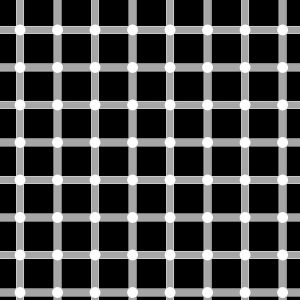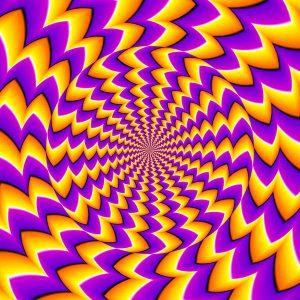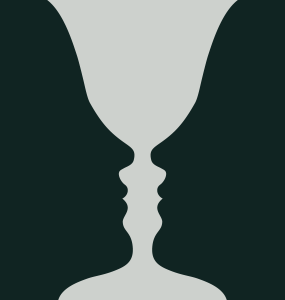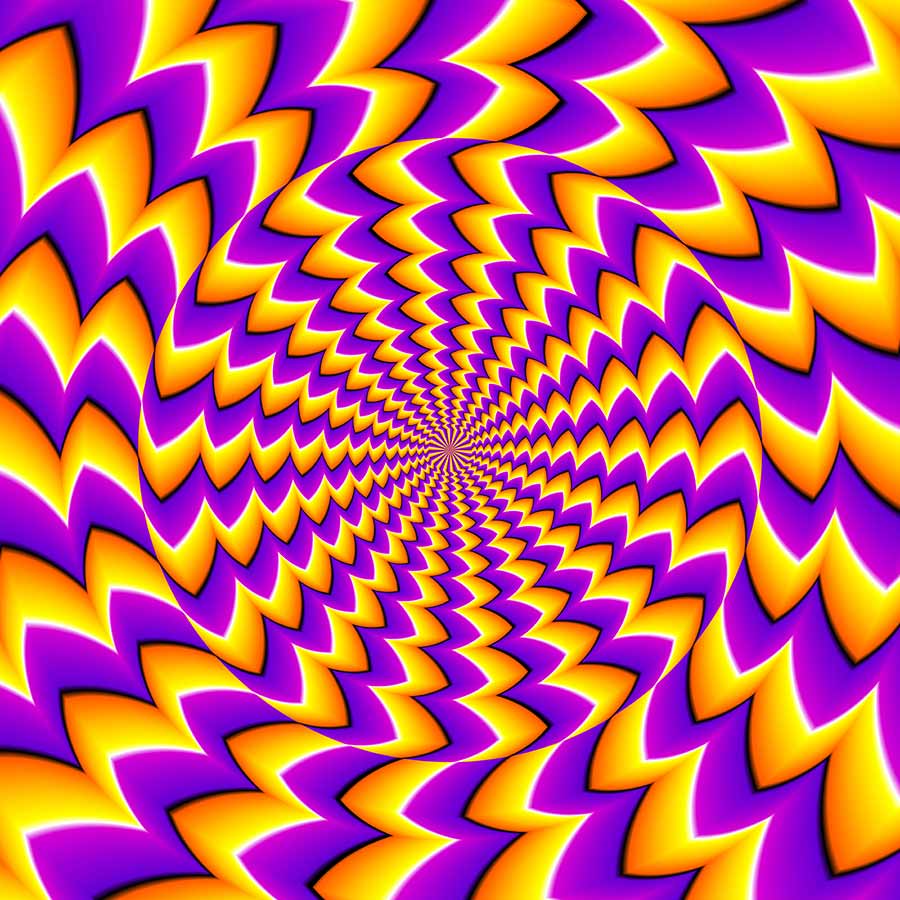By our Smarty friends at Charlotte Eye Ear Nose & Throat Associates, P.A.
Is it a duck or a rabbit? Is that picture moving? How many prongs does that tuning fork have? If you’ve ever asked these questions, chances are you were looking at an optical illusion. But what are you really seeing, and how is it tricking your brain?
How your eye works
When an image enters the eye, the retina transmits those signals to the brain, which translates it into something you would recognize or understand. However, because your brain receives so much visual information all at once, it takes shortcuts to help you concentrate on the most important visual input. Optical illusions take advantage of how both your eye and brain work to get you to see something incorrectly. But why?
How optical illusions work
Well, scientists have a number of theories. One is, as in the case with optical illusions that get you to see colors or spots that aren’t there, the neurons in your brain are competing to see which colors you see (in cases where multiple colors are close together) or the cone cells in your eyes are resting (when you see an afterimage of a rapidly flashing color).

With optical illusions where you think a picture is moving, scientists believe it’s either related to the brain not being able to smooth out rapid eye movements, or because so much information is sent to the brain that the visual center gets confused.

Some optical illusions make you think you see complete shapes, when those figures don’t actually exist. The brain will sometimes fill in a shape to make it look complete. In most cases, you are actually seeing a complete object. But in others, your brain is convinced it’s seeing something that isn’t there. 
What about optical illusions where a picture could possibly be two images, like the duck/rabbit or the goblet/two faces? You can see one image or the other, but not both simultaneously, because your brain only perceives one image at a time. In the case of the goblet/two faces, one part of the image becomes the foreground and one becomes the background, then reverses when you focus on the other image.

“Vision is an amazing and intricate process that allows to appreciate and interpret not just optical illusions, but the world around us, too,” CEENTA Optometrist Michael Spicola, OD, said.
If you want to make sure your eyes are in full working order so you can see and enjoy optical illusions, make an appointment with a CEENTA eye doctor today.
Dr. Spicola practices in our Huntersville office. To schedule an appointment with him or any of CEENTA’s eye doctors, call 704-295-3000.

Charlotte Eye Ear Nose & Throat Associates





2 comments
I quite like reading through a post that can make men and women think.
Also, thanks for allowing for me to comment!
WOW just what I was searching for. Came here by searching for perturbator the uncanny valley